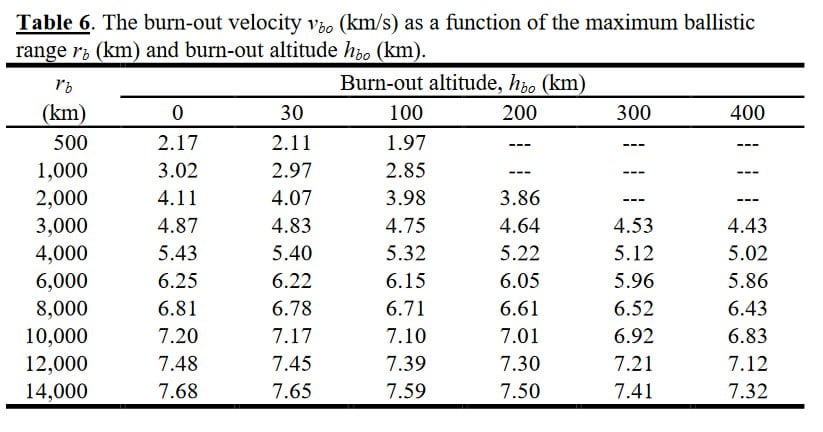


Hull - 3 layers of Kontakt-1, rubber screen, one more Kontakt-1 layer, and a grate screen. Couldn't make this up if I tried.
side impact - nothing Not nessesarily, perhaps?
A steel beam weights 10 to 100 kg per meter, railway rail is 40 kg/meter, so I'll take 50 kg. Four story building in Europe is approximately 12m.
In the drawing, beam+timber are almost as long as the building is tall, so for simplicity we can assume 11m, of which 5m is the beam and 6m is the timber, and we can assume the pendulum being suspended at 1m above ground in resting position. Beam's centre of mass is located at half it's length, so 8.5m is our effective length. Angle at which the beam-timber are standing looks like, dk, 35°? Then, the beam is suspended ~5m above ground. A 250 kg beam would have potential energy of 12.5 kJ (close to .50 cal). Alternatively, I can guestimate a 100° swing arc and 32 kJ energy, which is slightly more than muzzle energy of 14.5mm anti tank rifle. With panzers 3 or 4 we're looking at something like 15-20mm side armour, 14.5mm B-32 bullet (steel core) could pen 32mm at range, probably closer to 40+? point-blank. Of course, a bullet concentrates this force on a small area, through an I beam could also hit with a corner, give or take bigger kinetic energy of the beam and the need to puncture (absolute best case scenario, ofc) 15mm instead of 40+, and the fact that the bullet doesn't expend all energy purely during pen, so required energy for penetration is even lower. Another interesting moment in considering impact to and near hatches, welds, riveted joints, etc, is that unlike a bullet, which penetrates and carries a significant portion of it's kinetic energy inside - even a steel beam which initially punctured the armour with it's corner would still get stuck and transfer all its energy to whichever it hit.
In conclusion, with an older/lighter WW2 tank the beam under optimal conditions could maybe perforate the armour, break some welds, or at least dent it. And if we're talking about a less armoured vehicle, like an APC or an armoured car- the beam can either go through or significantly bend the ppate, likely disabling the vehicle. Could even work against IFVs (BMPs are cardboard, there are areas on the side which can be penned with small arms), through it's hard to imagine how it would be worth the hassle in modern context. And in any case crew would get disorientated by their whole world turning into a bell.
No need to invent new stuff, Ukraine can use them for parts, as false targets on airfields, or just repair some of them.
Likely fake, sadly, no confirmation and ua channels say it's fake.
They are slow enough to be counter-intercepted by antiair artillery
It isn't meant to intercept everything, just something, rest could be left to more conventional BMD. Kazakhstan in NATO sounds fun tho.
Road-mobile ICBMs, well, they are based in particular areas and Topol can only launch from a relatively small number of pre-determined sites, no idea why or on what's the situation with Topol-M or Yars. Some are based close enough to Belarus to be in range of this proposed system, Belarus in NATO when
They only carry one warhead through, credible answer is to intercept the warheads outside the atmosphere, non-credible answer is to build a ground-to-ground strike capability into my system, then watch the launchers from orbit and strike before missiles are fully erected.
Exoatmospheric interception is convinient, but can be made much harder with decoys, and those decoys can be very compact (a.e. inflatable warhead imitators), US BMD AFAIK isn't even meant to deal with them. An ICBM deploys a "funnel" (don't know the English technical term) of those targets along with real warheads, exactly to make interception difficult. Sprint was developed to intercept warheads below 60 km, where inflatable decoys, foil, radar reflectors etc would be either slowed down by drag way more than real warheads or burn up. Heavy decoys exist, but they take space on the missile and eat into payload weight significantly.
I took that concept and flipped it on its head, with interception happening before any decoys are released at all. Exoatmospheric interception is too credible anyway, and US already tried every whacky version of it, lol.
It's non-credible missile defence.
The numbers are, however, not made up, and that's what makes the post funny in my opinion. For example here is a table for ballistic ranges derived from missile velocity; of course, like, it's the roughest of estimations, because Sprint burns out very quickly and also would possibly slow down quicker than a TBM due to base drag, this could be mitigated, but whatever.



On possibility of intercepting russian ballistic missiles in the ascent phase with ground launched interceptors.
Hear me out. Russians have missile silo fields in Povolzhya, ~~480 km from Ukraine, and near Murmansk, a couple hundred kilometers from Finland (at most; didn't check precisely because irrelevant, less than 480 km). Of course, russians also have mobile launchers, submarines and other launch sites, but one problem at a time. I will prove the possibility of intercepting of Povolzhya missiles on ascent, and Murmansk ones will be obvious then.
Ascent phase of ICBM flight takes about 2-3 minutes, assume 200s, maybe more, and ends at height of approximately 150-200 km, worse case scenario 100. Let's say we detect the missiles 20s after launch at the height of 15 km via a ground based radar installation in eastern Ukraine. At the height of 15 km, missile will be visible over the horizon at a distance of 437 km. It's less than 480, but keep in mind that after launch missile travels some distance to the west, getting closer, and we have other means of detection, and surprisingly, we actually have some time to spare. If we assume an interceptor traveling at 3400 m/s (marginally slower than Sprint, actually), it will fly 430 km in 126s, add 3.4s for accelerating to speed at 100g (sprint numbers, through Sentinel LOADS reportedly managed 400 g). 126+3.4+20= 150s, from "200 and maybe more" the ascent phase of an ICBM typically takes. Now, of course, it is preferable to take the missile out earlier, before all the stages are separated, and to have some spare time, and interceptor launch won't be instant, so likely our margins are lower, but it's feasible, still. Now, is such a missile technically possible? I would argue yes, actually, it's easier than one might think.
For one, the target is constantly getting closer. So, it doesn't need to have a 480 km range, likely something like 300 km would do, didn't yet calculate the precise numbers, need to find/model russian missile flight details. Sprint had like, 48 km range, so maybe just adding a new first stage (making it a three stage system) would do. Consider also that this is interception range, not ballistic range of the missile's flight, restricted by other factors (aerodynamic control surface effectiveness, for once, radio command range). 3400 m/s speed should give a ballistic flight range of about 1000-1500 km (depends on the burnout altitude, and for sprint it's like 0), and obviously apocenter of the trajectory wouldn't be 50 km in.
Then, as the interception would need to happen at 100-200 km, not sub 60, majority of missile's flight would be in upper atmosphere, where air resistance and heating are far less severe. Perhaps the missile could accelerate faster in upper atmosphere, to mach 12-15 (US HGV-2 glider demonstrated controlled high atmospheric flight at Mach 20), which would buy time for a slower ascent above 60 km, evening the thermal loads, so it wouldn't need to glow.
Of course, I don't propose using literally Sprint missiles or their copies. For once, radio command would probably be impractical beyond some range, and I'm not sure radar guidance is feasible, so perhaps just launching it at a predicted point in target's ballistic path could work, or it could not, this aspect requires some consideration. I propose keeping the neutron warhead; it would lack precision for anything else. And, of course, if interception is possible from Ukraine - it is possible from Finland, maybe even with something closer to original Sprint, considering the low distance.
In conclusion, I think this is a feasible concept worth exploring. Such interception would cripple russian nuclear attack, through not completely negate it.
Pictured: me when when nukes
